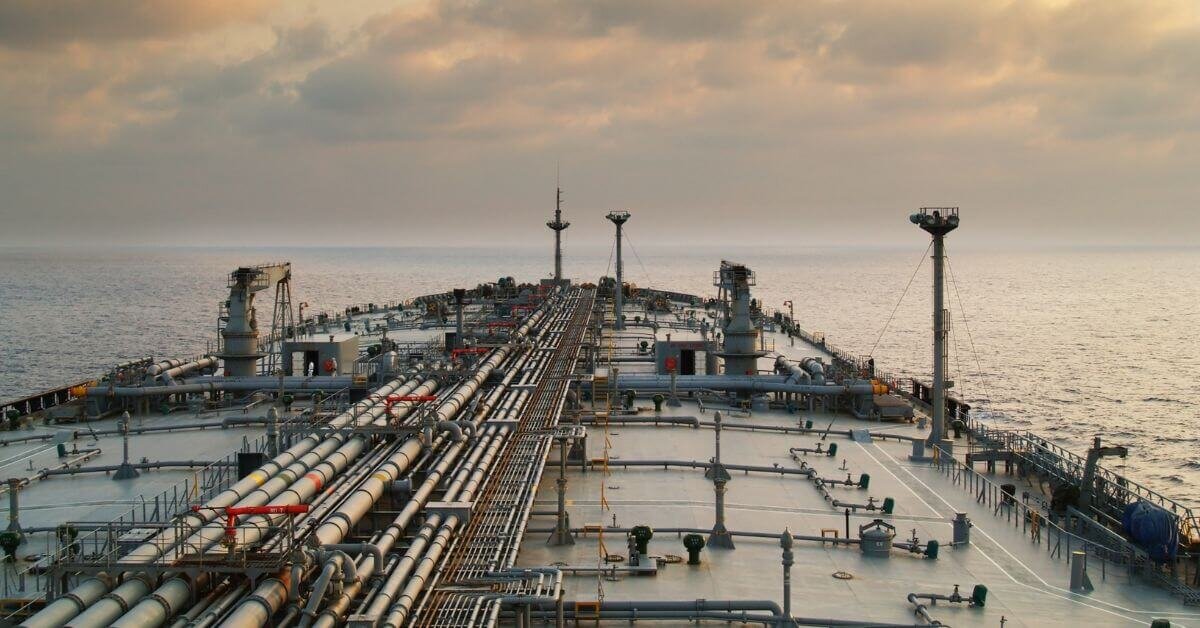Shortly after a liquified natural gas (LNG) project got picked to get millions in support from the Canadian government, the Impact Assessment Agency of Canada (IAAC) has set the wheels in motion to kick off a public comment period on proposed amendments to the decision statement for the project’s floating LNG (FLNG) processing facility and marine export terminal near Kitimat in British Columbia, Canada.
The government of Canada revealed on March 21, 2025, its support forCedar LNG in the form of a contribution agreement under the Strategic Innovation Fund (SIF) ofup to CAD 200million($139.8 million) toward aCAD5.963billion ($4.17 billion) projectwith Cedar LNG Partners LP (Cedar LNG). Innovation, Science and Economic Development Canada describes this as an initiative set to be the country’s largest Indigenous majority-owned infrastructure project.
When the Cedar LNG project was approved in 2023, the Minister of Environment and Climate Change issued a decision statement with legally binding conditions that Cedar LNG Partners have to comply with throughout the life of the project, including advising IAAC of proposed changes to the project that would have potential adverse effects within federal jurisdiction.
The project’s partners are proposing to expand the marine terminal area to encompass the mooring lines and anchors for the facility’s mooring system and add a new distribution powerline alongside the option of an alternate transmission line route, which would have a wider right of way.
While these things would not result in changes to the production or storage capacity of the LNG facility, IAAC has invited Indigenous Peoples and the public to review and provide feedback on the draft analysis of these proposed changes, which includes amendments to the decision statement.
As the project approval cannot be amended, this comment period is strictly for the proposed amendments to the decision statement. Comments need to be submitted by 11:59 p.m. on April 30, 2025. The Cedar LNG project entails the construction, commissioning, and operation of a new FLNG processing facility and marine export terminal inKitimat, powered by clean hydroelectricity from British Columbia’s grid to produce ultra-low-carbon LNG.
Such LNG is believed to have the potential to displace the use of high-emitting forms of energy inAsia. This project is set to have the capacity to process and liquefy 400million standard cubic feet of natural gas per day and produce 3.3million tons of liquefied natural gas per year for international markets.
Cedar LNG has experienced its fair share of issues already by running into opposition from climate change activists and facing legal challenges thanks toSteelhead LNG, which accusedCedar LNGandSamsung Heavy Industriesof infringing its Korean patents.
The company embarked on apatent infringement litigationin Korea to seek a halt to the construction of FLNG facilities, damages for the alleged unauthorized use of its patents, and an injunction prohibiting further infringement.
Steelhead LNG followed this up withfurther legal proceedingsagainst Cedar LNG,Pembina Pipeline Corporation, andARC ResourcesinBritish Columbia, with the lawsuit filing allegingthat each of the defendants“willfully and improperly exploited information”it supplied to ARC Resources.
A recent survey by KPMG concerning the ongoing trade war with the U.S. has found that80%of Canadian energy and natural resources chief executive officers (CEOs) are confident they can withstand a sustained tariff war.
However, they are pressing for government action to eliminate interprovincial trade barriers and commit to building a national infrastructure backbone that will protect the country’s sovereignty and drive economic growth.
Doug Ewing, a partner in KPMG’s Global Infrastructure Advisory practice who leads the firm’s Major Project Advisory Services, points out that megaprojects are crucial toCanada’seconomic development and infrastructure growth but require meticulous planning, robust governance, and effective stakeholder engagement.






